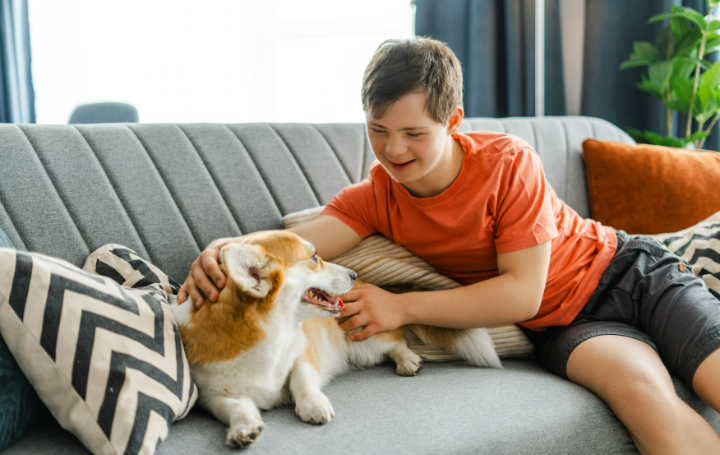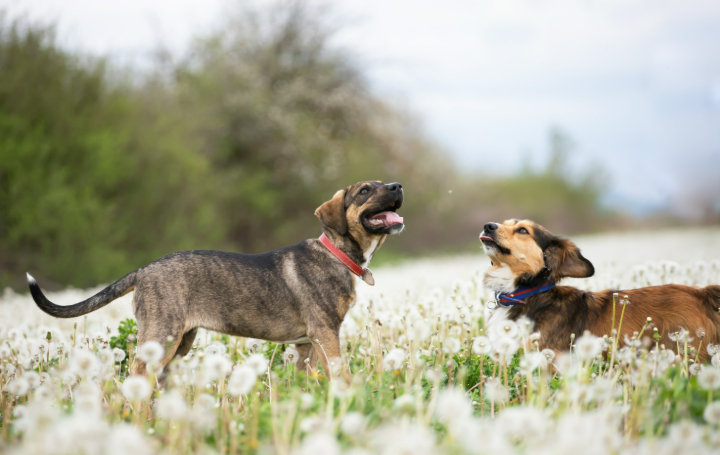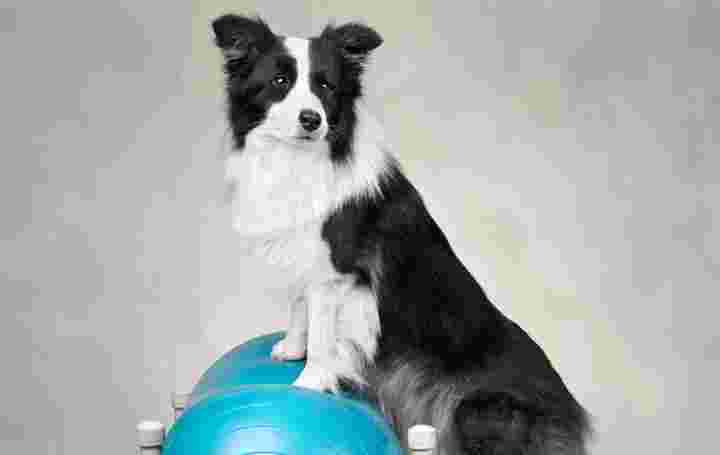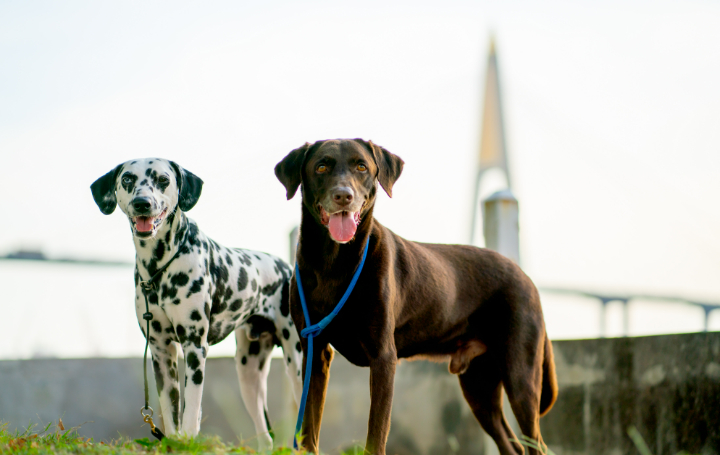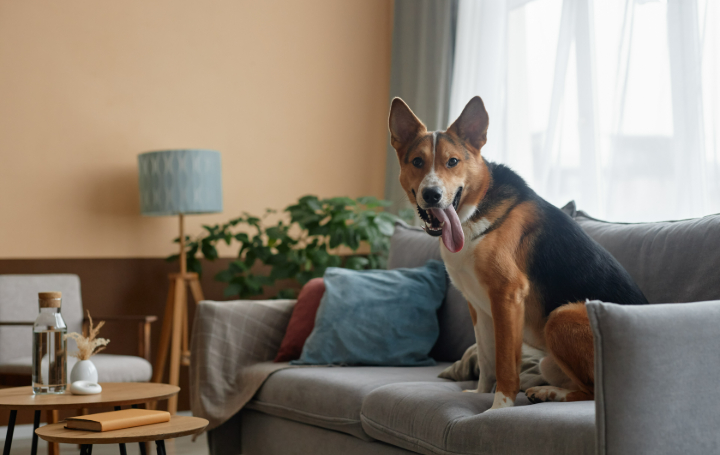How Dogs Can Help with Autism Spectrum Disorders: Canine Companionship
Imagine walking into a room and being greeted by a wagging tail and a pair of kind, curious eyes. For many people, this simple interaction can bring immense joy. But for individuals with Autism Spectrum Disorders (ASD), a dog’s companionship can be life-changing. These furry friends aren’t just pets; they can become loyal partners, skilled supporters, and comforting companions.
Let’s explore the unique bond between dogs and individuals with ASD and how these remarkable animals can make a world of difference.
Dogs and Autism: A Perfect Match
Autism Spectrum Disorders affect how individuals perceive and interact with the world. It’s a broad spectrum, meaning each person experiences it differently. Some may struggle with communication, sensory sensitivity, or social interactions. Enter the dog, a creature that communicates through body language offers unconditional love and thrives on routine.

Dogs have an innate ability to connect with humans on a deep, emotional level. For individuals with ASD, this connection can:
Reduce Anxiety: The presence of a calm, loving dog can soothe frayed nerves and create a sense of stability.
Enhance Social Skills: Dogs often act as social bridges, encouraging interactions and helping individuals build confidence in social settings.
Improve Routine and Responsibility: Caring for a dog introduces structure and responsibility, which can be beneficial for individuals who thrive on routine.
Types of Support Dogs for Autism
Not all dogs provide the same kind of support. Depending on the needs of the individual, dogs can be trained for specific roles:
Service Dogs: These dogs undergo rigorous training to assist with specific tasks, such as interrupting repetitive behaviors or guiding a child away from danger.
Therapy Dogs: Trained to provide comfort, therapy dogs visit schools, homes, or hospitals to offer emotional support.
Companion Dogs: While not formally trained for tasks, companion dogs offer love, friendship, and a non-judgmental presence.
The Benefits of Canine Companionship for Individuals with ASD
1. Reducing Sensory Overload
Many individuals with ASD experience sensory overload, where sounds, sights, and textures can feel overwhelming. Dogs have a grounding presence. Petting a dog’s soft fur or focusing on their rhythmic breathing can help soothe an overstimulated mind.
2. Building Emotional Awareness
Reading and interpreting emotions can be challenging for individuals with autism. Dogs, with their expressive faces and clear body language, provide a perfect practice ground. A wagging tail or a playful bark teaches emotional cues in a simple, accessible way.
3. Encouraging Social Interaction
For some, starting a conversation can feel like climbing a mountain. Dogs act as icebreakers. Taking a dog for a walk often invites friendly interactions with strangers, providing opportunities for social engagement in a low-pressure environment.
4. Fostering Independence
For older children and adults with ASD, having a dog can encourage independence. Feeding, walking, and grooming a dog create opportunities to take responsibility and develop self-reliance.
5. Providing Unconditional Love
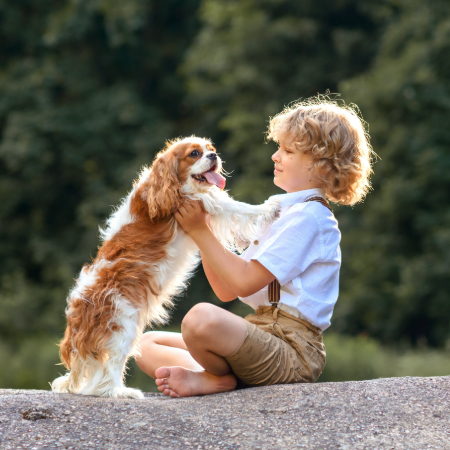
Dogs don’t judge. They don’t mind if you struggle to find the right words or if you need extra time to understand something. Their love is constant, offering a comforting presence in moments of loneliness or frustration.
Real-Life Stories: Dogs Making a Difference
Take, for example, the story of Max and his golden retriever, Buddy. Max, an 8-year-old with ASD, used to have frequent meltdowns in noisy environments. Since Buddy joined the family, Max’s meltdowns have decreased significantly. Buddy gently nudges Max during tense moments, providing a calming distraction. Max’s parents also notice that he’s more willing to engage with peers when Buddy is around.
Or consider Emma, a teenager who felt isolated due to her difficulties in social settings. Her Labrador, Daisy, became her anchor. With Daisy by her side, Emma started participating in group activities, finding comfort in her dog’s presence. Over time, Emma’s confidence grew, and so did her friendships.
Choosing the Right Dog
Not every dog is suited to support someone with ASD. Factors to consider include:
Temperament: Look for calm, patient, and friendly breeds like Golden Retrievers, Labradors, or Poodles.
Size: Consider the individual’s comfort with dogs. Some may prefer small breeds, while others feel secure with larger dogs.
Energy Level: A high-energy dog may be ideal for an active child but overwhelming for someone who prefers quiet spaces.
Professional trainers or organizations specializing in autism service dogs can help match the right dog to an individual’s needs.
Building the Bond
The bond between a dog and their human companion doesn’t happen overnight. Here’s how to nurture it:
Spend Time Together: Daily walks, playtime, and cuddles build trust and connection.
Involve the Individual: Let them participate in feeding, grooming, and training. These activities foster a sense of responsibility and deepen the bond.
Celebrate Small Wins: If the individual interacts with the dog or completes a task independently, celebrate! Positive reinforcement works for both dogs and humans.
The Science Behind the Connection
Research supports the profound impact dogs have on individuals with ASD. Studies show that interacting with dogs can:
- Lower cortisol levels (the stress hormone).
- Increase oxytocin levels (the love hormone).
- Improve mood and reduce feelings of isolation.
These physiological changes translate to better emotional regulation and improved overall well-being.
Challenges to Consider
While the benefits of canine companionship are immense, it’s essential to acknowledge potential challenges:
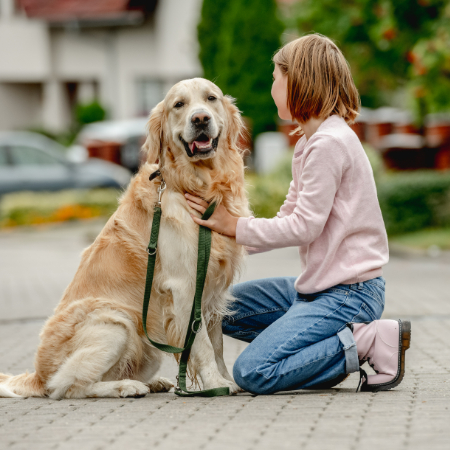
Cost: Service dogs can be expensive, often costing tens of thousands of dollars.
Time Commitment: Dogs require time, effort, and consistency for training and care.
Compatibility: Not every individual with ASD will feel comfortable around dogs. It’s crucial to assess preferences and sensitivities.
Final Thoughts
Dogs are more than pets. They’re companions, teachers, and therapists wrapped up in fur. For individuals with Autism Spectrum Disorders, the companionship of a dog can open up new possibilities, from reducing anxiety to enhancing social skills and fostering independence.
If you or someone you love is considering bringing a dog into their life, take the time to explore options and find the perfect match. The journey may come with its challenges, but the rewards, a loyal friend, a calmer mind, and a brighter world, are worth every step.
So, next time you see a dog wagging its tail, remember: they might just be someone’s superhero in disguise.
Tags
